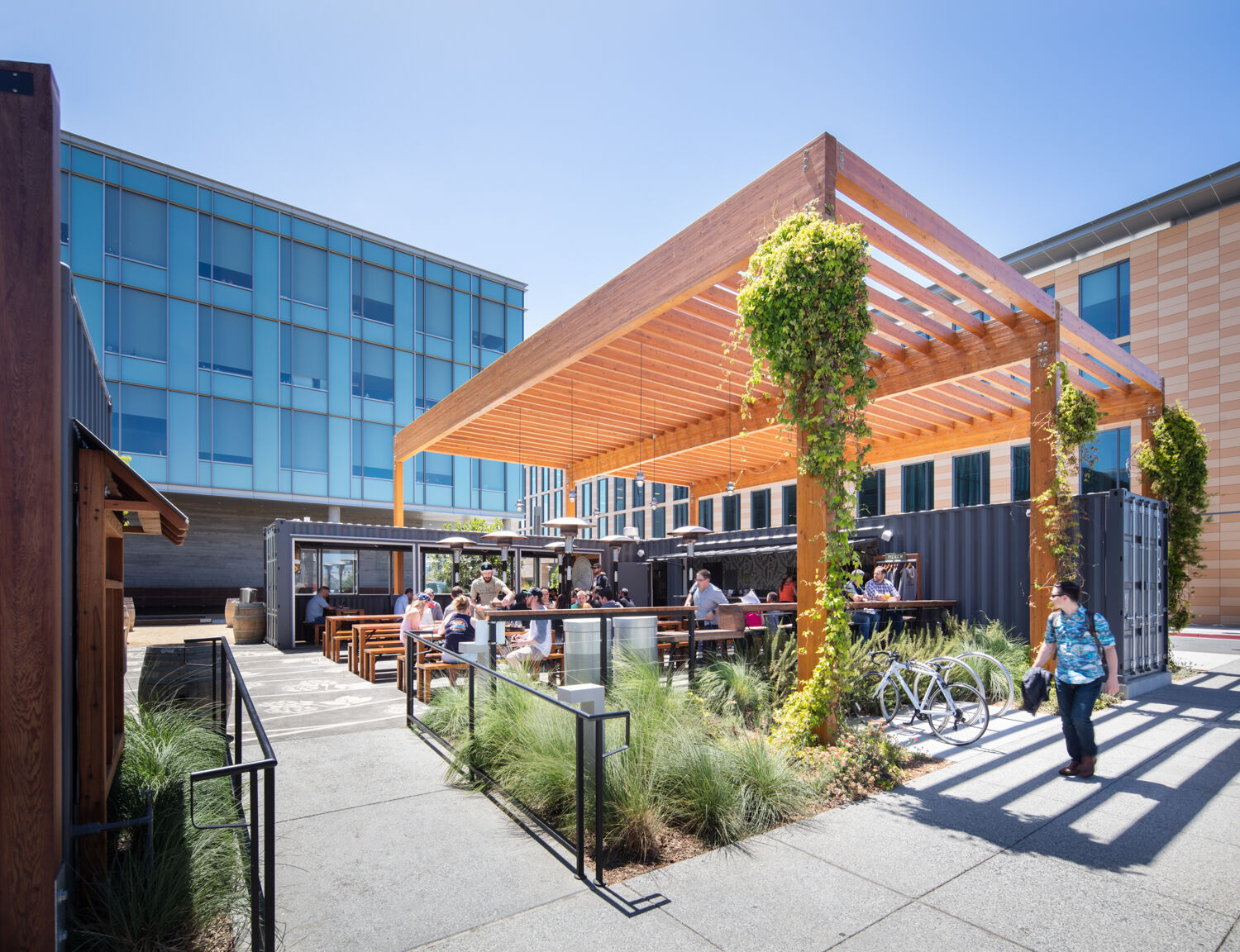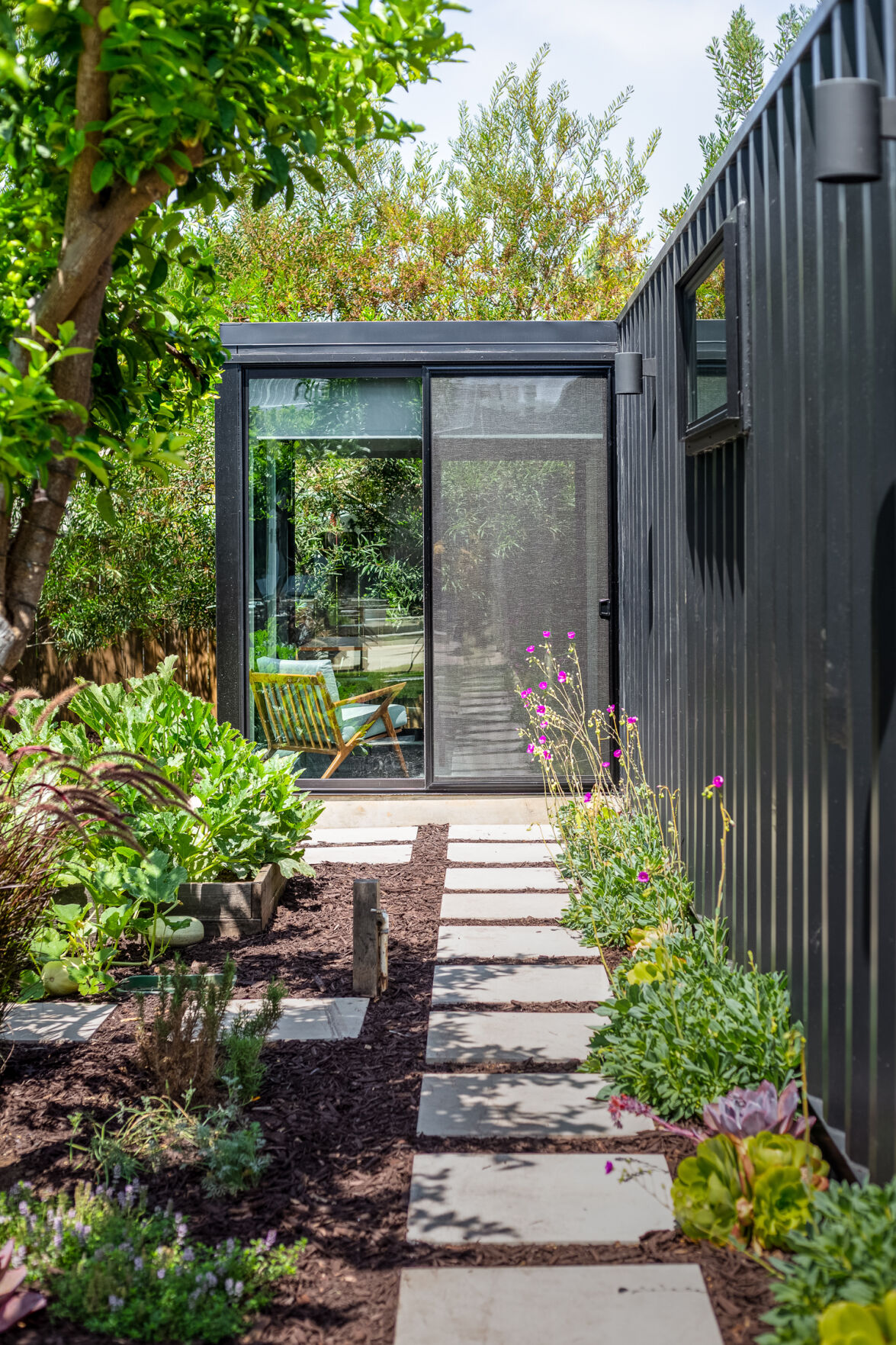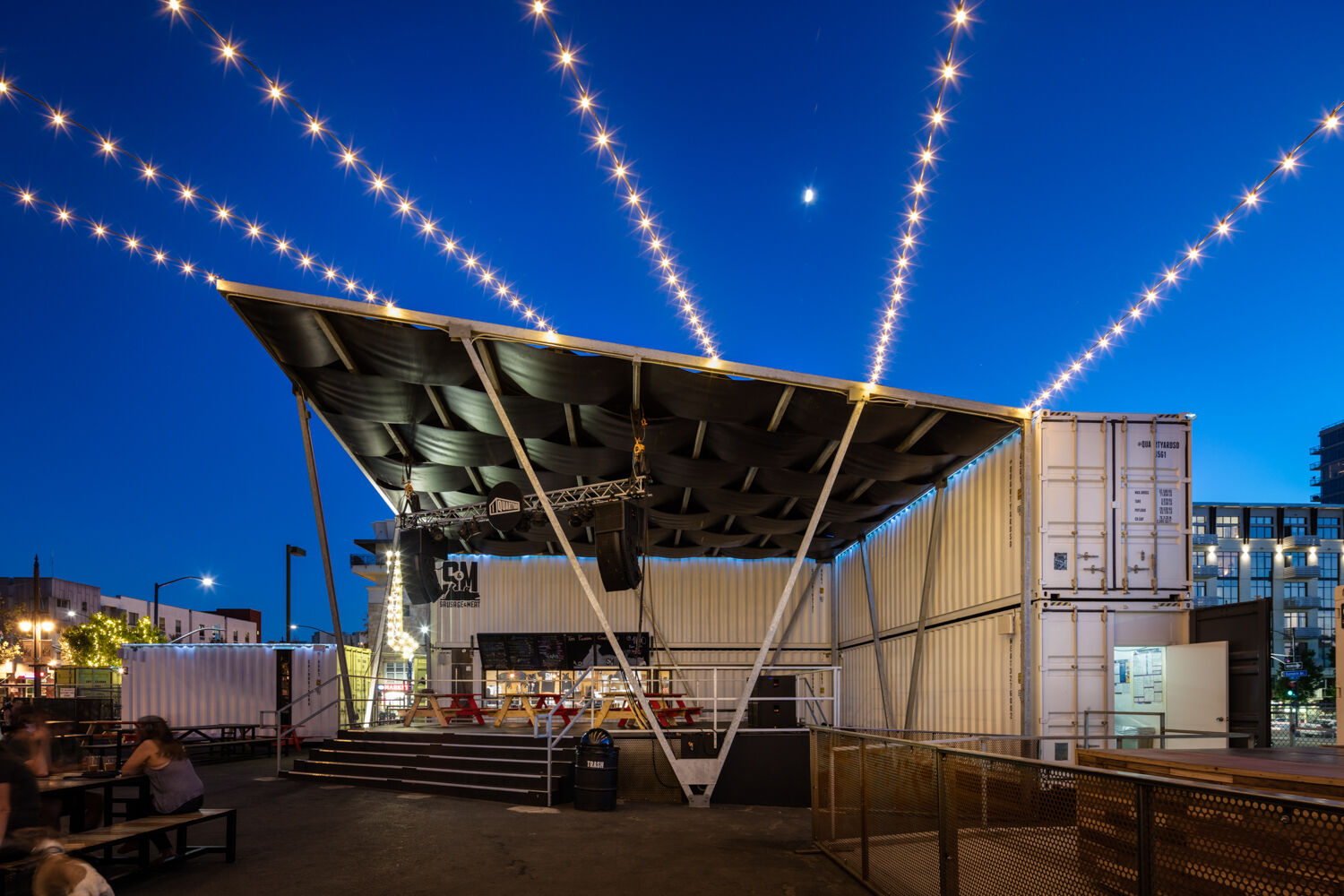
2022-12-05_container-homes-1.jpg
A few years ago, in the Before Times, I stayed at a boutique hotel with guest rooms made from shipping containers. The photos online looked cool: Rustic, minimalist, industrial chic. A kind of Restoration Hardware meets The Boxcar Children vibe.
They looked cool up close, too, though the weekend I spent in the oblong metal box was a mixed result. The free-standing casitas were hip and unique but clumsy and permeable to outside noise.
The housing shortage and affordability crisis have increased pressure on state and local governments to embrace alternative approaches to getting people into homes. Shipping containers as a building material have been having a moment for some time, as a trendy innovation if not necessarily a broad movement. Reusing materials like excess cargo containers is an ecologically-conscious and economically viable strategy.
There are millions of unused shipping containers around the world taking up space. One reason for this is that it’s expensive to ship empty containers back to their country of origin. In most cases, it’s cheaper for freight operators to buy new containers. The result is a massive surplus of rectangular metal boxes that could become a home, office, hotel, retail space, or almost anything else.
The most prominent local example using freight containers as a construction medium is Quartyard, an event venue and urban park constructed from repurposed shipping containers on city-owned land in East Village. Originally conceived by NewSchool architecture students for a master’s thesis, the project revitalized a blighted vacant lot. The open-air space feels like an extension of the streetscape, with strings of lights illuminating an arty gathering area. Painted containers ring the perimeter, housing food, coffee, and beer vendors, with two-high stacks of containers backing a stage in one corner. Local architecture firm RAD LAB, whose founders designed and created Quartyard, has continued using freight containers in its projects. I asked the firm’s co-founder and CEO Philip Auchettl about the appeal of shipping containers from a design perspective.

The backyard office-slash-ADU RAD LAB designed for Angela and Cris Noble.
Natalia Robert
“I think people enjoy them on multiple levels,” the Australian-born Auchettl says. “The basic level is that it is a reclaimed material. There is an abundant amount of these containers in the United States. Secondly there’s the cool factor, and people just like shipping containers from an aesthetic standpoint. We do a number of different commercial projects, but also single-family homes, hotels, or an Airbnb, where people want to take Instagram photos. It’s the novelty of staying in a shipping container versus a stucco box. It’s not boring.”
RAD LAB also designed a shipping-container accessory dwelling unit (ADU) for Angela and Cris Noble, who operate the unit as a home office and short-term rental in the backyard of their Talmadge home.
“I really gravitate towards minimalistic design styles,” Angela Noble says. “I’m not much on that unfinished style that some people choose with containers. Ours is really polished. It looks a bit more finished than some of the more rustic ones you might see.”
A flurry of new laws intended to streamline housing construction have been recently passed in California, including SB9, which makes it easier for homeowners to build ADUs on their property. Depending on the lot size and shape, a modular unit like a shipping container could make sense for adding a pied-à-terre.
“If your property lends itself to their shape, I think it’s a suitable material,” Noble says. “We commissioned a custom design, which wouldn’t be very cost-effective. We paid for architecture, structural engineering—we did everything. But if there was one design you could recreate hundreds of times, I could see that being a cost-effective solution to help with the housing crisis.”
Gary London is a real estate advisor and University of San Diego instructor. In a 2016 Union-Tribune story, he expressed doubts about the potential of shipping containers as a construction material. I asked London if his opinion had changed or evolved.

Shipping containers create the backbone for urban gathering space at Quartyard in East Village.
Courtesy RAD LAB
“What’s evolved is that housing needs are even more acute than they have ever been,” London says. “So to the extent that we’re pulling out all the stops in how we deliver that housing, I’m all for it.”
“The key issue is, ‘What’s the point of containers?’ The few that we’ve seen around town, the point has just been eccentricity,” London tells me. “There’s some interest there, but that’s hardly a solution to housing issues. Containers will only represent a solution if they can be delivered and built substantially cheaper than any other kinds of housing. I’m all for that. I just don’t think it has a big imprint in terms of delivery of housing in San Diego.”
Auchettl, the Aussie architect with shipping container projects all over the country, is similarly pragmatic. “I think the housing crisis in the U.S. is much bigger than what material we use to build housing,” he says. “Ultimately, a shipping container itself is just one very small part of what goes into a building. Nothing changes in the interior finishes, the drywall; it literally just ends up being the skin and the skeleton of the building.”
PARTNER CONTENT
Dwellings made from shipping containers are a compelling articulation of industrial home design style and minimalist philosophy. They definitely look cool. Are they a game-changer? Maybe not. Maybe that’s not the point.

















